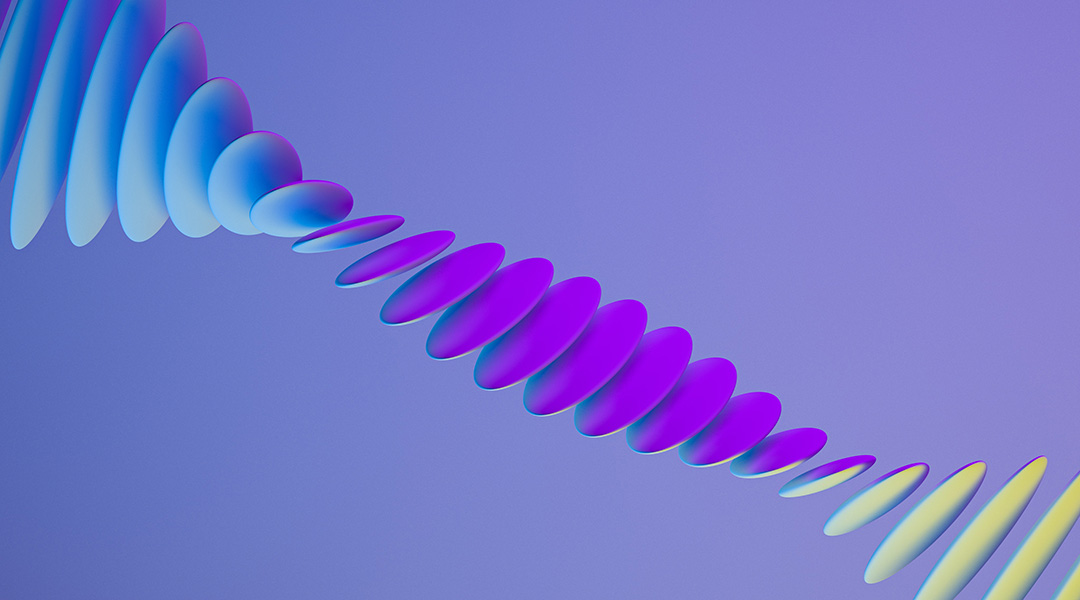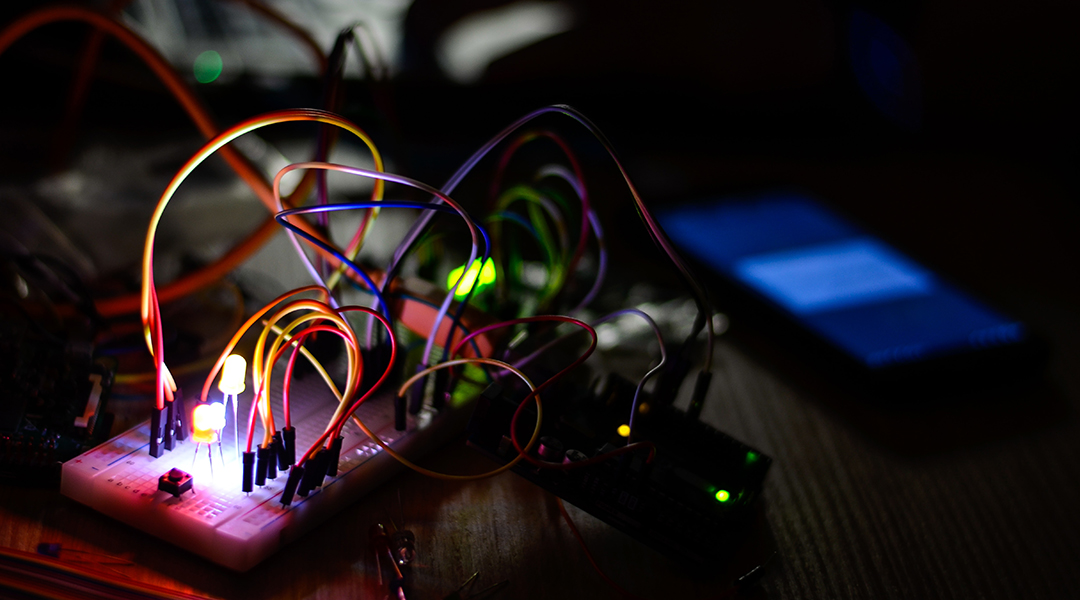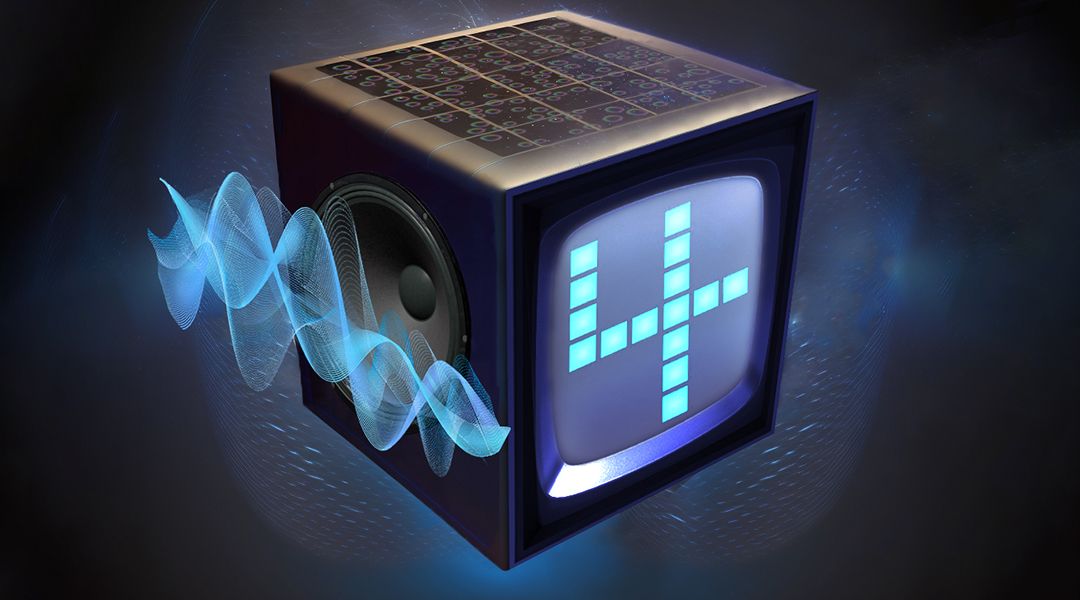What if quantum computing could be simulated using hardware that isn’t so finicky?


What if quantum computing could be simulated using hardware that isn’t so finicky?

Using a specialized design approach, scientists create acoustic waves that behave as twisted, ultrasonic motors capable of rotating particles in space.

Communicating with animals has long been the dream of scientists and animal lovers alike, and AI has the potential to bring us closer.

AI is changing the labor-intensive process of manual cell counting, offering improved accuracy, efficiency, and a door into new scientific applications.

There’s a fascinating link between the structure of bone and LK-99

Vital to the fusion process and used in a wealth of technological applications, new research shows quantum tunneling is still delivering surprises.

Researchers use stick insect locomotion as inspiration for machine learning approaches to teaching robots how to walk.

An optical device uses light-based signals for computation and communication and is a vital step toward advanced neuromorphic computers.

A thin film composed of small magnetic whirls called skyrmions performs voice pattern recognition with an accuracy approaching 99%.

To make computers faster and more efficient, scientists are using the brain as a model in this blossoming area of computer science.